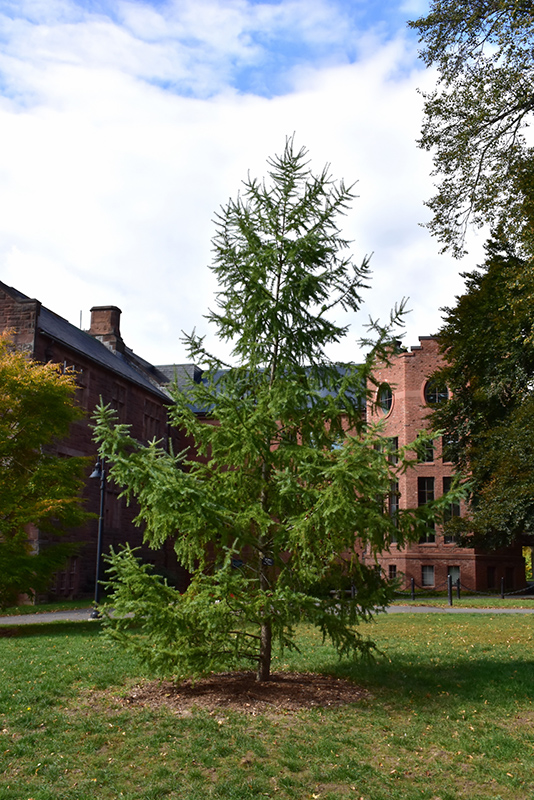Japanese Larch
Description
A tall and narrowly upright coniferous tree with deciduous needles which progress from green in spring to blue-green in summer, finally turning bright yellow in fall; prefers moist locations and sandier soils; looks a little bare in winter without needles
Landscape Attributes
Japanese Larch is an open deciduous tree with a strong central leader and a distinctive and refined pyramidal form. It lends an extremely fine and delicate texture to the landscape composition which can make it a great accent feature on this basis alone.
Japanese Larch is recommended for the following landscape applications;
Planting & Growing
Japanese Larch will grow to be about 70 feet tall at maturity, with a spread of 35 feet. It has a low canopy with a typical clearance of 2 feet from the ground, and should not be planted underneath power lines. It grows at a medium rate, and under ideal conditions can be expected to live for 70 years or more.
This tree does best in full sun to partial shade. It is quite adaptable, prefering to grow in average to wet conditions, and will even tolerate some standing water. It is not particular as to soil type, but has a definite preference for acidic soils. It is quite intolerant of urban pollution, therefore inner city or urban streetside plantings are best avoided. This species is not originally from North America.

